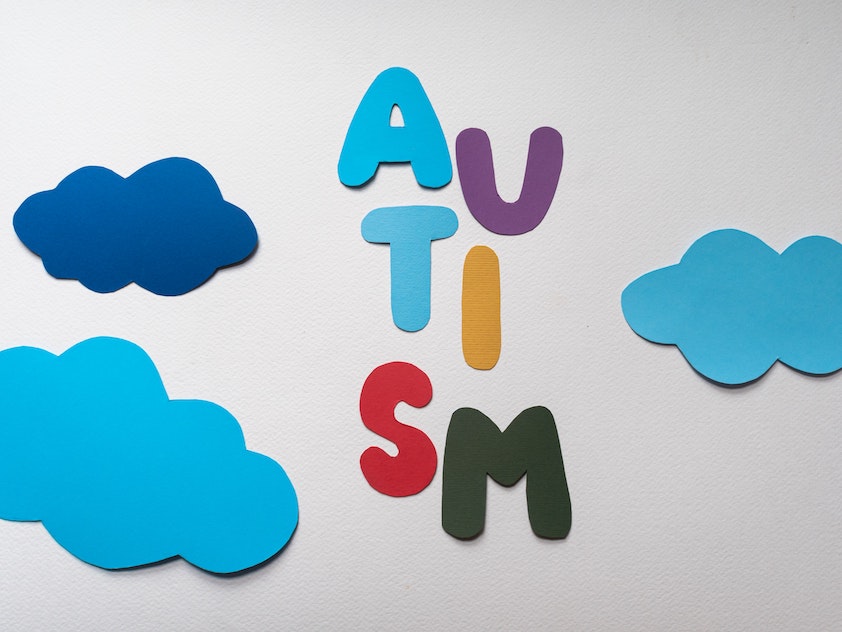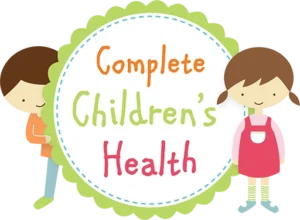When a child is diagnosed with autism, it’s natural for parents to wonder how this will impact their life and what kind of support they might need. A common concern is when and how to share the diagnosis with the child. Since every autistic child is unique, there’s no one-size-fits-all answer.

Why It’s Important to Share Early
Many parents worry about how others might perceive their child’s diagnosis, particularly among peers. Concerns about labelling or being seen as different are common. However, children often notice their own differences and those of their peers, even at a young age. Not addressing these differences can lead to confusion and anxiety, as children may feel there is something inherently wrong with them.
Research has shown that open discussions about autism can reduce stigma. When children understand their diagnosis, it helps them make sense of their experiences. Knowing they are autistic early on can foster self-awareness and acceptance, creating a strong foundation for self-esteem as they grow.
Starting the Conversation
Sharing a diagnosis is a significant moment, so preparation is key. Parents can benefit from learning about autism through books, podcasts, or insights from autistic individuals. Understanding autism from multiple perspectives helps parents feel confident and informed.
Before talking to your child, take time to process the information and seek support if needed. Discussing the diagnosis in a calm, comfortable setting ensures the child feels safe and focused. How you make your child feel during this discussion is just as important as the words you use.
Be ready for questions, and if you don’t know the answer, it’s okay to say, “I’m still learning too. Let’s figure it out together.” This approach reassures the child that they are not alone.
Highlighting Strengths and Addressing Challenges
When explaining autism to a child, focus first on their strengths. Acknowledge the unique qualities they have and frame challenges as differences rather than flaws. Emphasise that these differences are not their fault and that the diagnosis will help them receive the right support.
For example, if your child has a special interest, you might highlight their deep knowledge in that area, showing how this sets them apart in a positive way. When discussing challenges, use language that normalises their experiences, such as, “Everyone has things they need help with, and that’s okay.”
Responding to Reactions
If your child reacts negatively, validate their feelings rather than rushing to reassure them. It’s important they know their emotions are understood and supported. Share the steps you’re taking to build a support network for them, including teachers, doctors, and family members. Remember, this conversation doesn’t need to cover everything at once—it’s the start of an ongoing dialogue.
Tailoring the Message
The way you explain autism should match your child’s developmental stage and understanding. For younger children, use simple language and concrete examples. School-aged children may require more detailed explanations and reassurance, while teenagers often appreciate straightforward discussions that align with what they might already know from social media or personal observations.
Encouraging Community Connections
Let your child know they are part of a broader community of autistic individuals. Connecting them with others who share similar experiences, whether through support groups or role models in their areas of interest, can help them feel understood and accepted.
There are many resources available for families to explore, including books, videos, and articles created by professionals and those with lived experience. These tools can further aid in helping your child understand their diagnosis and thrive.
